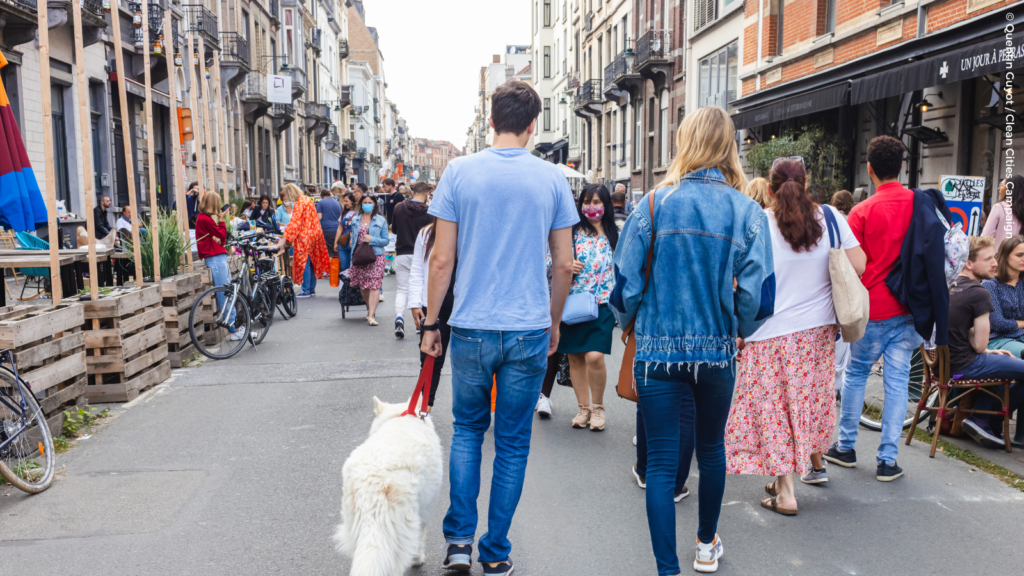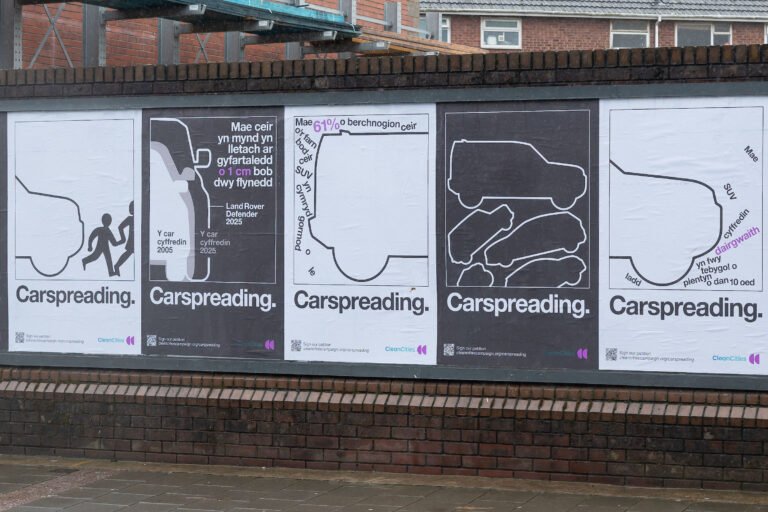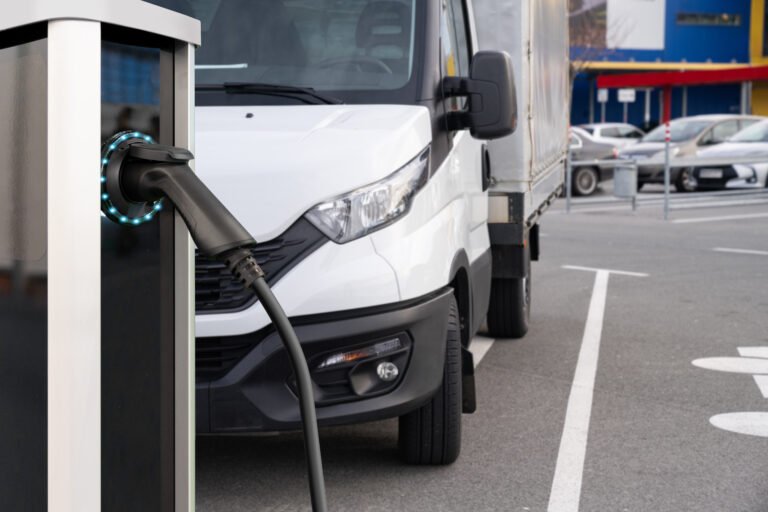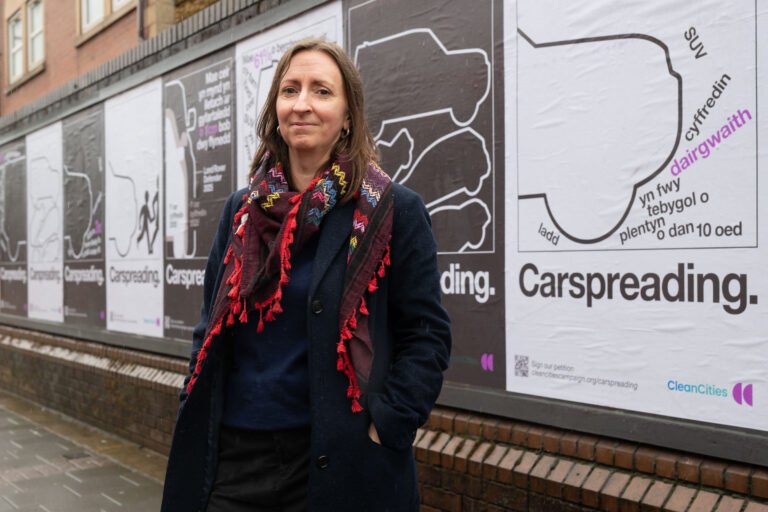In this third instalment of our blog series sparked by the war in Ukraine, we take a closer look at how car-free days have been deployed as an emergency measure in the past, and explore the scope for cities to integrate them into daily urban life. New to the topic? We recommend starting with Part 1 and Part 2 before delving into this one.
If you’ve been keeping up to speed with the news (and the Clean Cities blog feed), you’ll know that the EU is massively reliant on Russia for its oil and gas imports, thereby participating in financing the war on Ukraine.
One of the most effective ways to counter this reliance is to reduce our consumption of fossil fuels, and nowhere is the potential greater than at the city level [1]. Given that the International Energy Agency (IEA) recently announced that setting up car-free days in cities should be one of the main approaches to curb oil demand [2], we thought we would take you on a trip down memory lane, throwing it all the way back to the origins of car-free days in Europe. Spoiler alert – the idea isn’t a new one, but it has worked!
Car-free days: What, why and how?
The 22nd of September marks International Car-Free Day. As the name suggests, it consists of having a day in the year when no car is driven in cities.
“What’s the point?” you might ask.
Well, it’s a great way to promote alternative ways of getting around cities that are largely designed with private cars in mind. For one day, people get to experience a city that is more liveable, breathe cleaner air, and generally enjoy reclaiming space usually reserved for motorised vehicles.
The origins of car-free days can be traced back to the oil crisis of the 1970s [3]. As oil shortages were severe, implementing car-free days was one of the only measures that could reduce oil demand rapidly. It was heavily used in the Netherlands [4], Denmark [5], Switzerland, France and Germany (West Germany at first [6], then East Germany in 1981 [7]) in particular.
However, the annual car-free day didn’t become a formalised event until the 1990s. National campaigns were launched in the UK in 1997 by the Environmental Transport Association, in France in 1998 by the “En Ville sans ma Voiture” initiative [8], and in Germany through the “Mobil Ohne Auto” event launched in 1998. Shortly after, the European Commission also endorsed and even funded the idea in 1999 [9], before making it a Europe-wide event in 2000. That same year, the measure became an international initiative thanks to the World Car Free Day Consortium organised by the city of Bogotá.
Eventually, the 22nd of September was selected as the International Car-Free Day after being encouraged by the World Carfree Network, which coincides with the European’s Union annual “European Mobility Week” [10].
So car-free days are still a thing?
They certainly are! According to the European Commission, no fewer than 964 cities participated in the 2020 International Car-Free Day in Europe [11]. Around the globe, there are 46 countries organising car free events, all together adding up to an estimated 2000+ cities [12].
What about the impacts?
Besides the joy they spark in participants, car-free days have surprising impacts, too. First of all, they have proven effective in reducing noise and air pollution: during the 2021 edition, the levels of nitrogen dioxide (NO2), a pollutant mainly emitted by diesel and petrol cars, decreased by a jaw-dropping 86% around the EU quarter in Brussels compared to a normal Sunday [13]. In Paris, these concentrations went down by 50% along the Haussmann boulevard [14]. Perhaps more importantly, though, this initiative is about showing that cities don’t need to revolve around cars, and that reducing car traffic truly benefits everyone.
Overall, car-free days yield many positive outcomes, and should be more than an annual event, as already recommended by our campaign. This becomes even more important in the current context of war in Ukraine, which has highlighted once again Europe’s dependency on (Russian) oil and the need to take immediate action to reduce consumption. By acting through this measure, as it was done in the 1970s, cities have at their disposal a quick and effective solution for curbing oil demand and consumption.
To what extent will it do so? The answer to that question will have to wait for the next edition in this series. Watch this space…
References:
[1] Clean Cities Campaign. (2022). Weaning Europe off oil; Where do cities come in?. Retrieved from: https://cleancitiescampaign.org/2022/04/13/weaning-europe-off-oil-where-do-cities-come-in/
[2] International Energy Agency. (2022). A 10-point plan to cut oil use. Retrieved from: https://www.iea.org/reports/a-10-point-plan-to-cut-oil-use
[3] Eric Britton. (2015). A short history of car-free days: Origins, Timeline, progress. Retrieved from: https://www.academia.edu/15248436/A_Short_History_of_Car_Free_Days_Origins_Timeline_Progress
[4] The Guardian. (2018). Picnics on the motorway: the first car-free Sundays – in pictures. Retrieved from: https://www.theguardian.com/cities/gallery/2018/sep/21/picnics-on-the-motorway-the-first-car-free-sundays-amsterdam-netherlands-in-pictures
[5] Nordjyske Historiske Avisarkiv. (2019). Car-free Sundays in the 70’s. Retrieved from: https://nordjyske-avisarkiv.dk/temaer/bilfrie-soendage/
[6] New York Times. (1973). 4 European Countries and West Berlin Spend a Car‐Free Sunday. Retrieved from: https://www.nytimes.com/1973/11/26/archives/4-european-countries-and-west-berlin-spend-a-carfree-sunday-berlin.html
[7] Eric Britton. (2015). A short history of car-free days: Origins, Timeline, progress. Retrieved from: https://www.academia.edu/15248436/A_Short_History_of_Car_Free_Days_Origins_Timeline_Progress
[8] Le Monde. (1998). Mardi sans voitures dans 35 villes de France. Retrieved from: https://www.lemonde.fr/archives/article/1998/09/22/mardi-sans-voitures-dans-35-villes-de-france_3661209_1819218.html
[9] European Commission. (1999). Commission marks European car-free day. Retrieved from: https://ec.europa.eu/commission/presscorner/detail/en/IP_99_694
[10] World Carfree Network. (2012). World Carfree Day – History. Retrieved from: https://worldcarfree.net/wcfd/faq.php
[11] Eurocities. (2020). European Mobility Week Participation Report. Retrieved from: https://mobilityweek.eu/fileadmin/user_upload/materials/participation_resources/2020/2020_EMW_Participation_Report.pdf
[12] Car Free Day Metro DC. (2021). What is Car Free Day? Retrieved from: https://www.carfreemetrodc.org/about-car-free-day/
[13] Bruxelles Environnement. (2021) . Bruxelles a mieux respiré lors du dimanche sans voiture. Retrieved from: https://environnement.brussels/news/bruxelles-mieux-respire-lors-du-dimanche-sans-voiture
[14] Air Parif, 2021. Impact de Paris Respire sans voitures 2021 sur la qualité de l’air. Retrieved from: https://www.airparif.asso.fr/actualite/2021/impact-de-paris-respire-sans-voitures-2021-sur-la-qualite-de-lair



